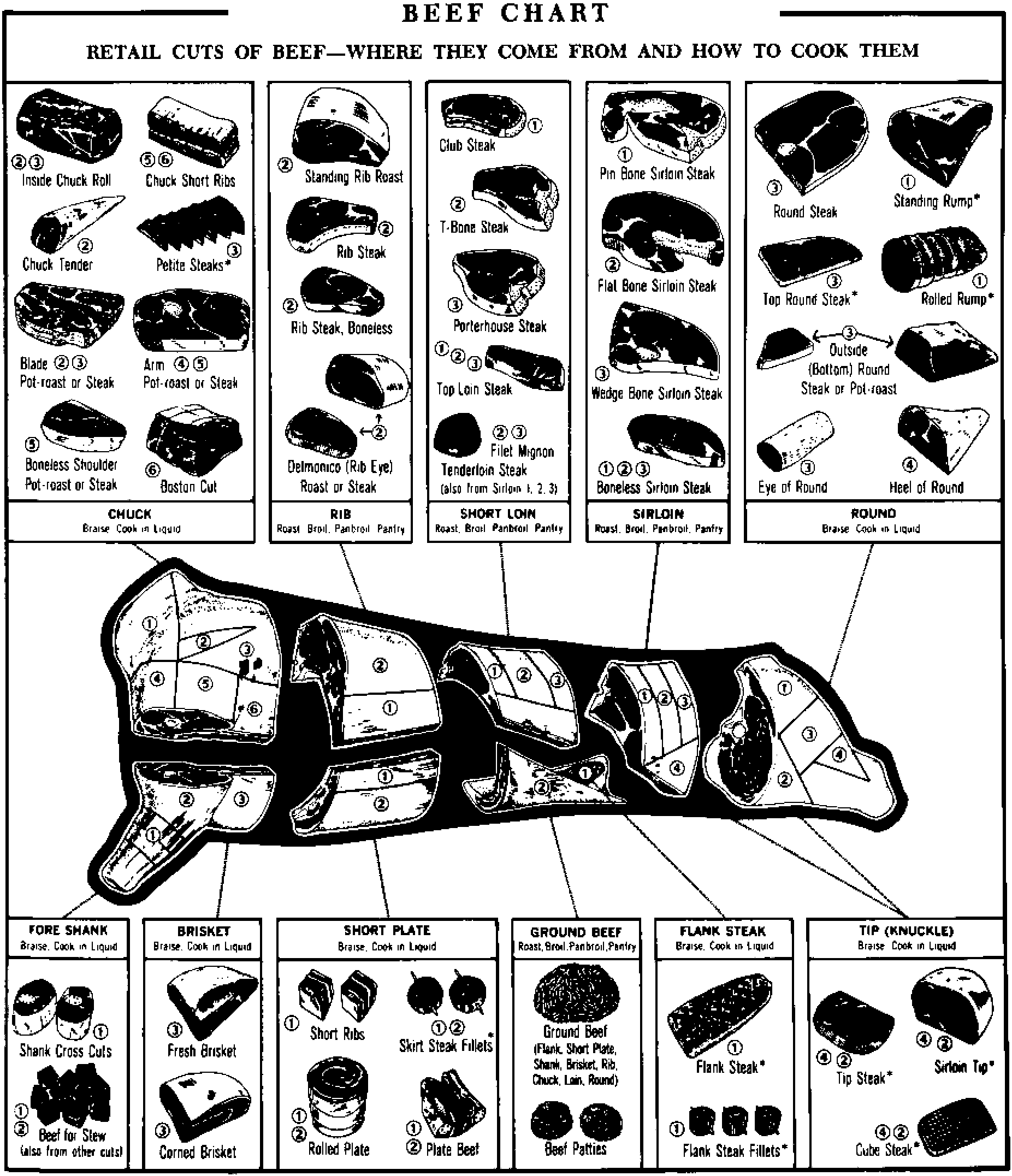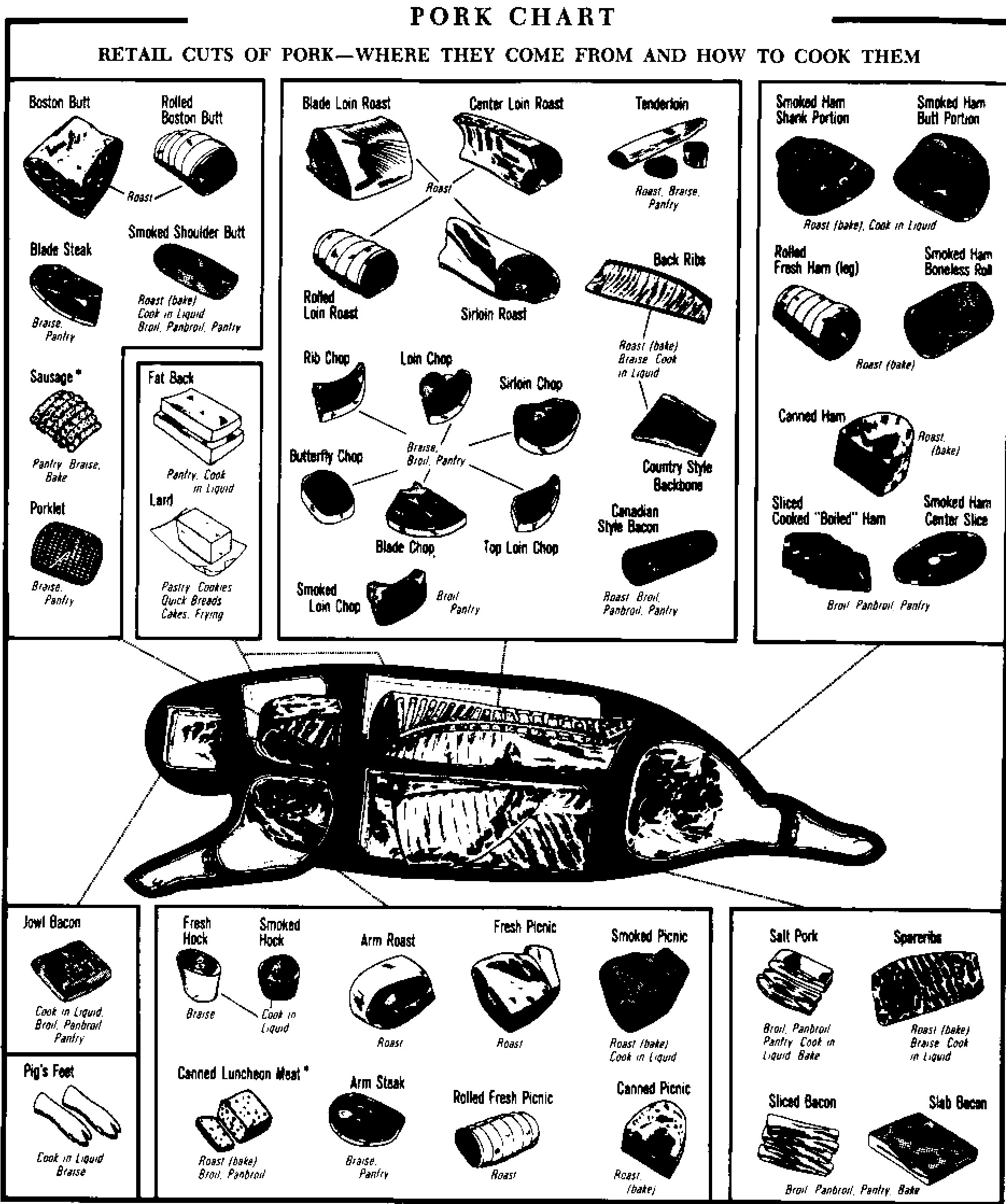Cooking
Here are various recipes, instructions, reccomendations, and guides, collected with respect to health and finance. All recipes have been tested by me personally. Suggestions can be e-mailed to me at any time; I will do my best to test them and publish them.
The Basic Kitchen
A kitchen serves one core purpose: preparing food. All other purposes are secondary. If a kitchen cannot prepare food, it is not a kitchen. A kitchen could be a fully-furnished room of a high-end restaurant, or it could be the standard ten-by-ten room with a fridge, microwave, stove, and sink. Kitchens can be outside, such as a campfire with a pot over it, a dressing station for game, and so on. Even the corner of the college dorm with a microwave, minifridge, and snack drawer is a kitchen of sorts. The kitchen is not defined by its appliances or size or conditions, but simply the role. The kitchen is a spiritual center, not physically bound. It exists in the metaphysical. We can know a kitchen when we see one, yet not a single part of a kitchen is truly necessary to define it as one. In other words, kitchen is where the food is.
Now, everyone keeps various items in their kitchens. The bare minimum does not exist. You can make microwave dinners all day and use plastic forks. You can scrape ice cream out of the tub with your bare hands like an animal. A kitchen does not require utensils. But a kitchen without cookware is a library without books, it cannot begin to live to its full potential. Not every kitchen requires a full cabinet of tools, ten pans, and so on. Adding a few key items greatly increases the ability of the chef to prepare meals. A good chef can prepare the greatest meal with the worst cookware. The cookware is simply the means to the end.
What is necessary for a kitchen? Firstly, a heating element. A stove most commonly, a microwave in some cases. You could even get away with just a camp stove, or a hot plate and a toaster oven. If it can heat up a vessel, it works. Speaking of, a kitchen needs cookware. These take the common forms of pots, pans, skillets, woks, dutch ovens, roasting pans, baking sheets, and so on. There are many types of vessels. Many are nonstick. I cannot advise against these enough, nonstick chemicals have been known to be carcinogenic. I do not trust DuPont and DOW to cook for me. I have heard many people recommend cast iron, but I also cannot justify it for the price. Instead, I recommend steel. A simple material. Grease with lard or butter, and you're good to go.
Then there is the matter of utensils. The food does not move itself. It requires spatulas, spoons, ladles, tongs, and so on. I again urge for consideration wood or metal. I recommend harshly against plastics, as they have many negative health consequences. Wood and metal are both very durable and quite natural. After all, the human body requires iron to function. It does not require polypropylene. Besides, remember, we ingest enough plastic every two weeks to create a credit card. We don't need more.
Finally, there's the issue of tools. These take many forms, and are the bulk of any good kitchen. Potato peelers, can openers, mixing bowls, cutting boards, knives, and so on. These are the lifeblood of the kitchen, what gets you from package to pan. Without them, we'd simply be putting whole chicken breasts into soup pots, we'd be putting entire cucumbers in salads. I could never.
Now that this is established, let's get to the list. There are two main categories of goods. Cookware and utensils. Here is a small list, of the basics for a good kitchen, in an affordable manner. Again, this is essentially all you need to be able to cook practically anything. However, many of these items are unnecessary unless required, and you can often find workarounds if you cannot spare the money.
| Item | Cost |
| Cookware | |
| Cookware Set | $25 |
| Baking Sheet | $13 |
| Muffin Tin | $20 |
| Total | $58 |
| Utensils | |
| Wooden Utensils | $6 |
| Measuring Cups | $7 |
| Measuring Spoons | $4 |
| Mixing Bowl | $7 |
| Cutting Board | $10 |
| Thermometer | $6 |
| Chef's Knife | $8 |
| Paring Knife | $1 |
| Bread Knife | $1 |
| Potato Peeler | $1 |
| Potato Masher | $1 |
| Tongs | $1 |
| Can Opener | $3 |
| Rolling Pin | $5 |
| Whisk | $1 |
| Grater | $5 |
| Glass Baster | $11 |
| Towel | $2 |
| Total | $80 |
| Grand Total | $138 |
Cutting Charts
 |
 |
 |
 |
Recipes
Entrees
Roast Whole ChickenPancakes
French Toast
Breaded Pork Chops
Chicken and Orange Sauce
Chicken Noodle Soup
Mac and Cheese
Salmon and Asparagus
Swiss Steak
Sides
Mashed PotatoYorkshire Pudding
Baked Goods
BiscuitsBread
Cinnamon Rolls
Plain Cake